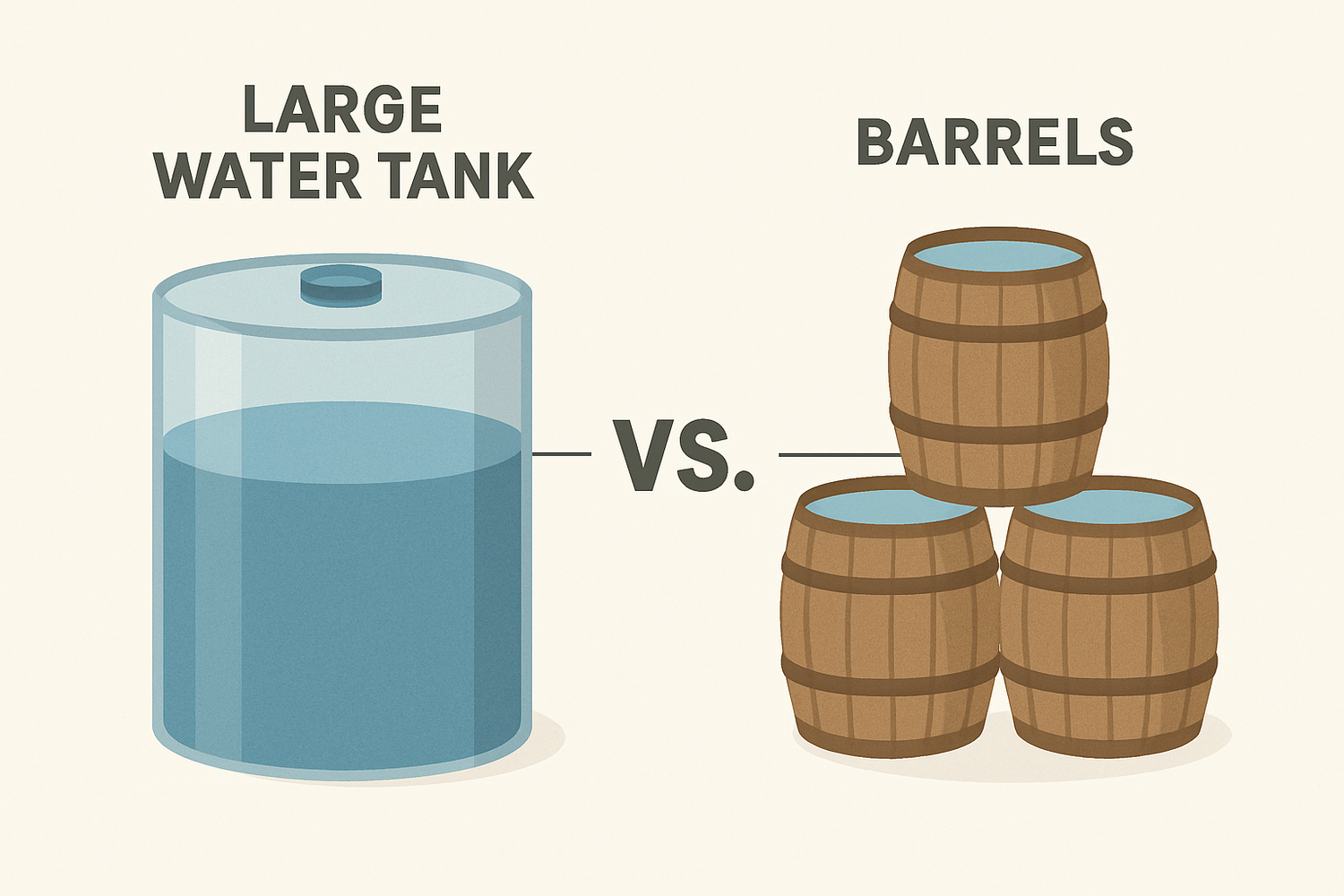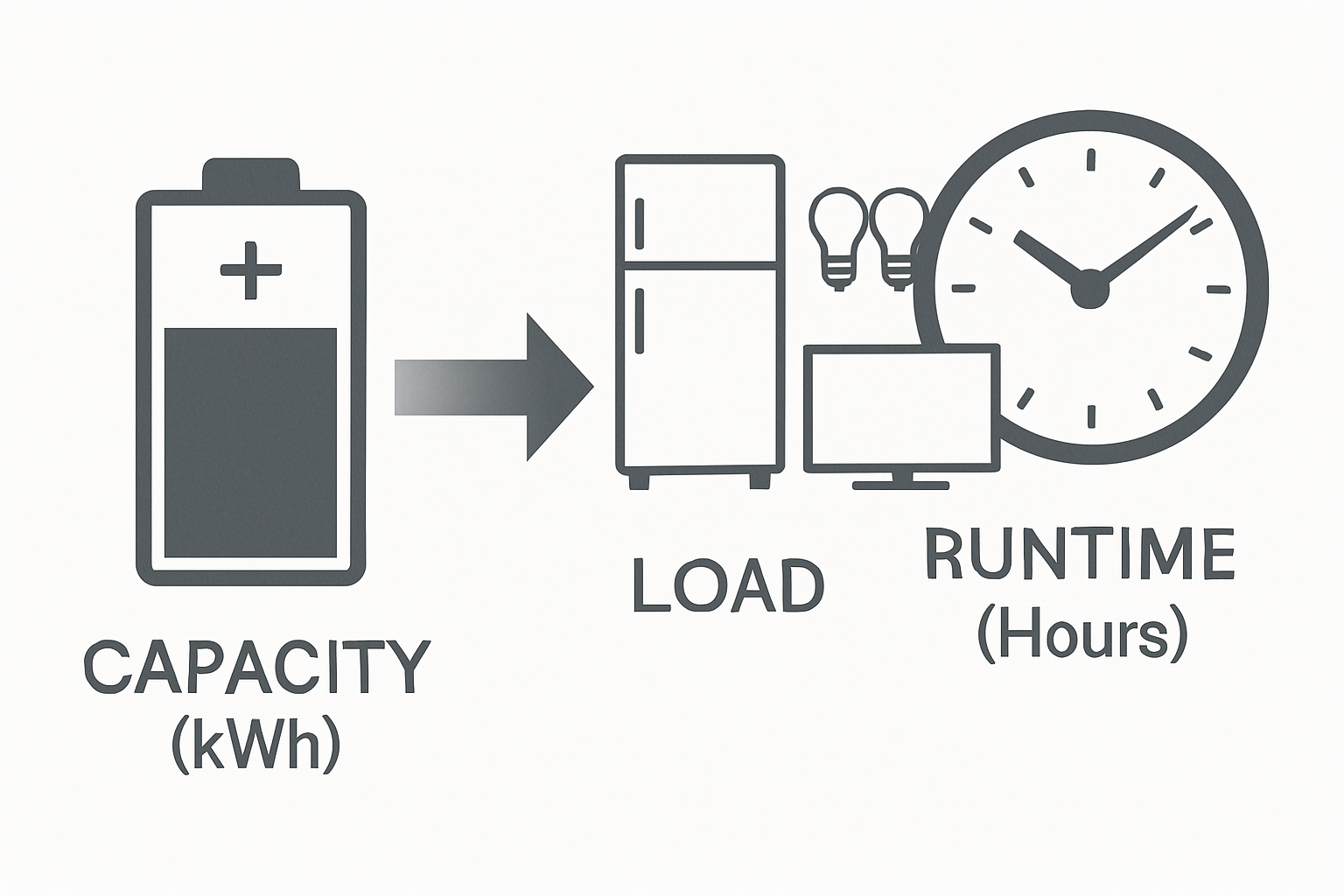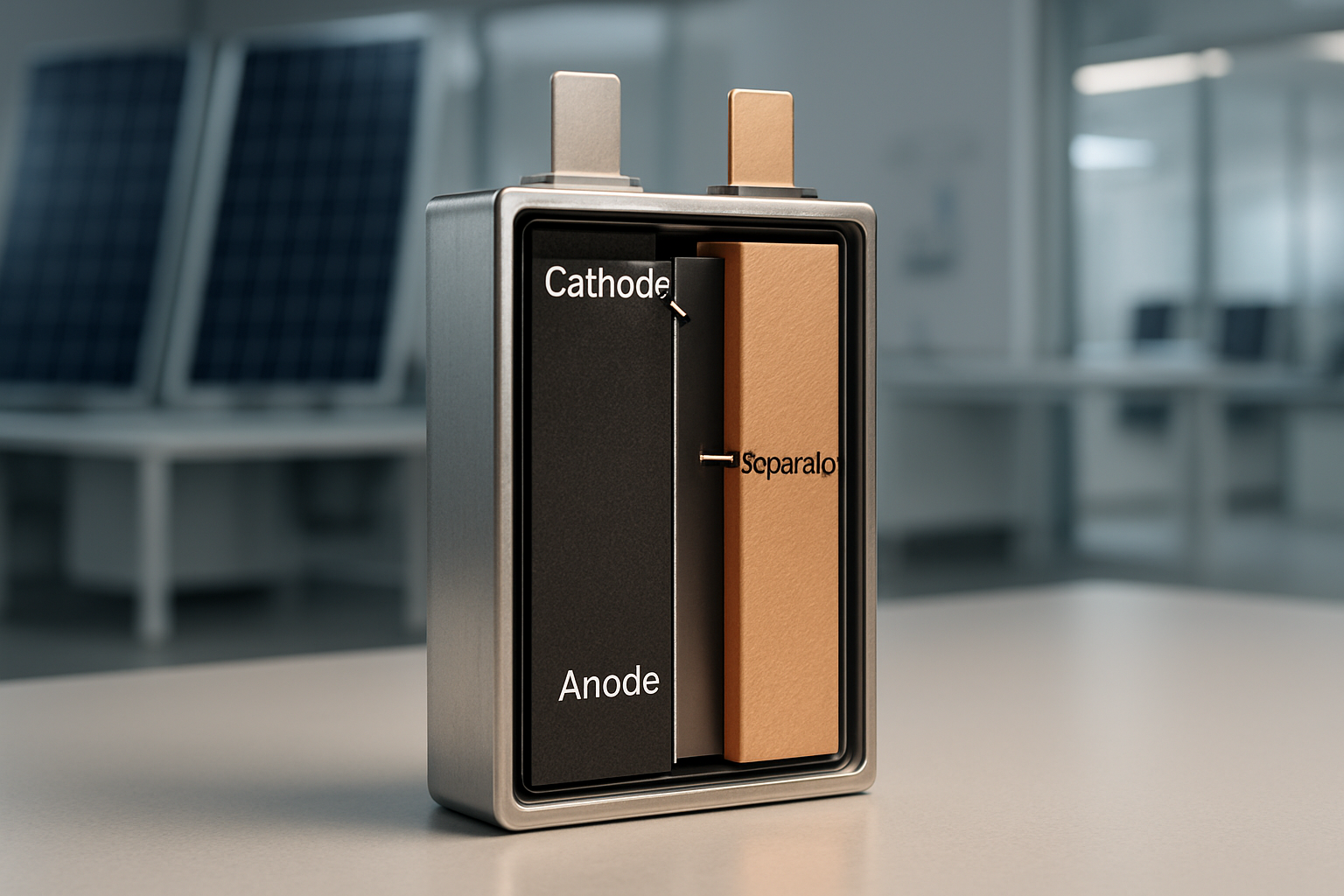As interest in energy independence grows, more homeowners are turning to solar energy and battery storage. But navigating the technical specifications can be confusing. Two of the most common yet misunderstood terms are 'battery capacity' and 'runtime'. While they are related, they describe two different aspects of a battery's performance. Clarifying this difference is the first step toward choosing a home energy storage system that truly meets your needs.
Decoding Battery Capacity: The Foundation of Your Energy Reserve
Think of battery capacity as the size of your energy reservoir. It's the total amount of electricity your battery can hold. This is the foundational metric that determines your potential for energy storage.
What is Battery Capacity? (kWh Explained)
Battery capacity is measured in kilowatt-hours (kWh). One kilowatt-hour is the amount of energy required to power a 1,000-watt appliance for one hour. So, a 10 kWh battery can store enough energy to run that same 1,000-watt appliance for 10 hours. Typical home battery systems range from 5 kWh to over 20 kWh, depending on a household's needs.
Factors Influencing Usable Capacity
The advertised capacity isn't always the amount of energy you can actually use. Several factors affect the 'usable capacity' of a battery. The most significant is the Depth of Discharge (DoD). DoD represents the percentage of the battery that has been discharged relative to its total capacity. To prolong a battery's life, manufacturers recommend a maximum DoD. For example, older lead-acid batteries have a recommended DoD of around 50%, meaning you can only use half of their stored energy. Modern Lithium Iron Phosphate (LiFePO4) batteries, however, have a much higher DoD, often 80-90% or more, giving you access to more of the stored energy. This makes them a more efficient choice for home energy storage.
Understanding Runtime: How Long Your Power Lasts
If capacity is how much energy you can store, runtime is how long you can use that energy to power your home. It's not a fixed number; it's a dynamic calculation based on your real-time electricity usage.
The Relationship Between Capacity, Load, and Runtime
The runtime of your battery directly depends on the electrical load you place on it. The 'load' is the combined power consumption of all the appliances you are running at a given time. A simple way to estimate runtime is with this formula: Runtime (in hours) ≈ Usable Battery Capacity (kWh) / Appliance Load (kW). For example, a 10 kWh battery with a 90% DoD has 9 kWh of usable capacity. If you power a refrigerator, some lights, and a Wi-Fi router with a combined load of 0.5 kW, your runtime would be approximately 18 hours (9 kWh / 0.5 kW). However, if you add a high-power appliance like a microwave, increasing the load to 2 kW, your runtime would decrease to 4.5 hours (9 kWh / 2 kW). This table illustrates how runtime changes with different loads for a 10 kWh battery (9 kWh usable capacity).
| Appliance(s) | Total Load (kW) | Estimated Runtime (Hours) |
|---|---|---|
| LED Lights, Wi-Fi, Phone Chargers | 0.2 kW | 45 |
| Refrigerator, Lights, Wi-Fi, TV | 0.75 kW | 12 |
| Essential Appliances + Small AC Unit | 2.5 kW | 3.6 |
Calculating Your Home's Energy Needs
To choose the right system, you must first assess your own energy consumption habits. Sizing a system correctly ensures you have enough power for your needs without overspending on unnecessary capacity.
Conducting an Energy Audit
Start by reviewing your past electricity bills to find your average daily energy consumption in kWh. Then, list the essential appliances you want to power during an outage. Note their wattage (you can usually find this on the appliance label). Add up the wattage of all devices you plan to run simultaneously to determine your peak load. This audit will give you a clear picture of both your energy (kWh) and power (kW) requirements.
Sizing Your System for Desired Runtime
With your energy audit complete, you can make an informed decision. If your goal is to survive a multi-day outage, you'll need a larger capacity system. If you just want to power essentials for a few hours, a smaller system may suffice. It's wise to oversize your system slightly to account for battery degradation over time and potential increases in your energy usage. For a more detailed look at calculating performance metrics, the ultimate reference on solar storage performance provides in-depth calculations and examples.
Beyond the Basics: Advanced Considerations for Homeowners
Understanding capacity and runtime is the start. Other factors, like solar integration and battery chemistry, play a vital role in the overall effectiveness and value of your home energy storage system.
The Role of Solar Integration
Pairing your battery with a solar panel system transforms its function. Instead of just being a backup power source, it becomes a tool for energy management. During the day, your solar panels can power your home and recharge your battery simultaneously. According to a report from the International Energy Agency (IEA), using battery storage with solar PV can significantly increase a household's self-consumption of the energy it generates. This reduces reliance on the grid and can lower electricity bills.
Choosing the Right Battery Chemistry: LiFePO4
The type of battery chemistry used is critical for safety, longevity, and performance. Lithium Iron Phosphate (LiFePO4) batteries have become the standard for home energy storage for several reasons. They have a more stable chemical structure, making them inherently safer and less prone to overheating than other lithium-ion types. They also boast a much longer cycle life, often lasting for thousands of charge-discharge cycles, which translates to a better long-term investment.
Scalability and Future-Proofing
Your energy needs might change over time. You might buy an electric vehicle or add new appliances. Choosing a modular energy storage system allows you to expand your battery capacity in the future. This scalability provides flexibility, allowing you to start with a system that fits your current budget and add to it as your needs evolve.
A Clearer Path to Energy Independence
In short, capacity is the total amount of energy your battery can store, while runtime is the duration it can power your specific appliances. Understanding this distinction empowers you to assess your needs accurately. By conducting an energy audit and considering factors like battery chemistry and solar integration, you can confidently select a home energy storage system that provides reliable, long-lasting power, moving you closer to true energy independence.
Disclaimer: The information provided is for educational purposes only and does not constitute financial or legal advice. Please consult with a qualified professional before making any investment decisions.
Frequently Asked Questions
Can I increase my battery's runtime?
Yes. The most direct way to increase runtime is to reduce your energy consumption by turning off non-essential appliances. Recharging the battery with solar panels during the day can also extend runtime significantly. Finally, you can add more battery modules to your system to increase its total capacity.
How does a solar inverter affect my system?
The solar inverter is a critical component that converts the direct current (DC) electricity from your solar panels and battery into alternating current (AC) that your home appliances use. The efficiency of the inverter matters, as some energy is lost during this conversion. A more efficient inverter means less wasted energy and slightly longer runtime from your stored capacity.
What is a typical battery capacity for a home?
A common size for a home energy storage system is around 10 kWh. This capacity is often enough to power essential loads like a refrigerator, lights, and internet for several hours or overnight. However, systems can be smaller (around 5 kWh) or much larger (20 kWh or more) based on a home's specific energy usage and backup power goals.
Why is LiFePO4 a popular choice for home storage?
LiFePO4 (Lithium Iron Phosphate) batteries are preferred for home energy storage due to their superior safety, long lifespan, and excellent thermal stability. They can be discharged more deeply (higher DoD) without damage and last for many more charge cycles compared to other technologies, making them a more reliable and cost-effective solution over the long term.





Leave a comment
All comments are moderated before being published.
This site is protected by hCaptcha and the hCaptcha Privacy Policy and Terms of Service apply.